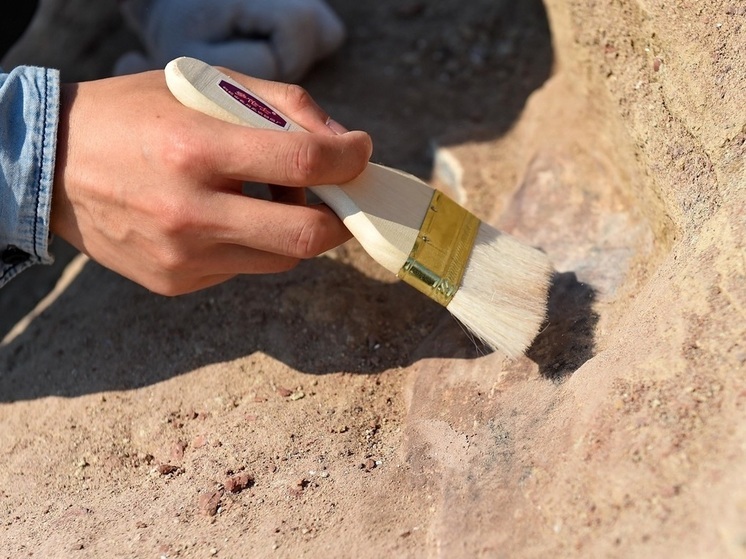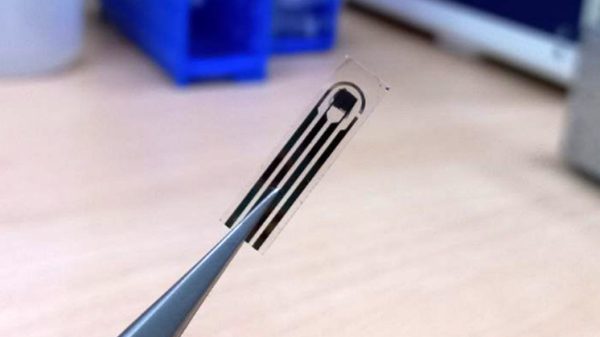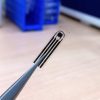The huge creature was more than 25 meters long
In Britain, a father and daughter discovered the bone of what may be the largest known marine reptile. Justin and Ruby Reynolds found the fossilized remains of a prehistoric ichthyosaur on a beach in Somerset.

Father and daughter from Devon found in May 2020, the remains of perhaps the largest known marine reptile.
Justin and Ruby Reynolds, from Braunton, discovered the fossilized remains of a giant jawbone more than two meters long on a beach in Somerset in May 2020, Sky News reports.
The bones turned out to belong to the jaws of a huge ichthyosaur, a type of prehistoric marine reptile.
Experts estimate that the giant creature was more than 25 meters in length, making it possibly the largest marine reptile ever recorded.
Mr Reynolds and Ruby, then 11 years old, found the first fragments of the second jawbone while hunting for fossils on the beach at Blue Anchor.
They then searched together for more fragments and contacted Dr Dean Lomax, a paleontologist from the University of Manchester. He subsequently contacted Paul de la Salle, an experienced fossil collector who found the first giant jawbone further down the coast at Lilstock in May 2016.
Over time, the team, which included the father-daughter duo, found several more fragments of the same jaw that fit perfectly together.
The last fragment was discovered in October 2022, notes Sky News.< /p>
Researchers led by Dr. Lomax discovered that the jaw bones belonged to a new species of giant ichthyosaur that was the size of a blue whale.
The team named the creature Ichthyotitan severnensis, which means «giant fish-like Severn's lizard.»
The bones, dating from the end of the Triassic period, known as the Rhaetian, are about 202 million years old.
Giant ichthyosaurs swam the seas at this time, while dinosaurs walked on land.
However, rock and fossil evidence suggests that the giant ichthyosaurs became extinct after the global mass extinction at the end of the Triassic, meaning that the bones discovered in the study represent the very last representatives of their species.
Mr Reynolds said: 'When Ruby and I found the first two fragments we were very excited because we knew they were something important and unusual. And when I found the back of the jaw, I was thrilled because it's one of the key parts of Paul's early discovery.» Ruby added: «It was so cool to find part of this giant ichthyosaur. I am very proud to have taken part in such a scientific discovery.”
Dr Lomax said: 'I was amazed by the find. In 2018, my team, including Paul de la Salle, studied and described a giant jawbone, and we hoped that another one would one day be discovered. This new specimen is more complete, better preserved, and shows that we now have two of these giant bones, called angulars, that have a unique shape and structure. I was very excited to say the least.» He added: «I was very impressed that Ruby and Justin correctly identified the find as another huge ichthyosaur jawbone. They recognized that it corresponds to the one we described in 2018. I asked them if they would like to join my team to study and describe this fossil, including naming it. They jumped at the chance. This is especially true for Ruby, who is now a published scientist who not only found but helped name a species of giant prehistoric reptile.» He added: «Probably not many 15-year-olds can say such. Perhaps Mary Anning in the making.»
























































Свежие комментарии